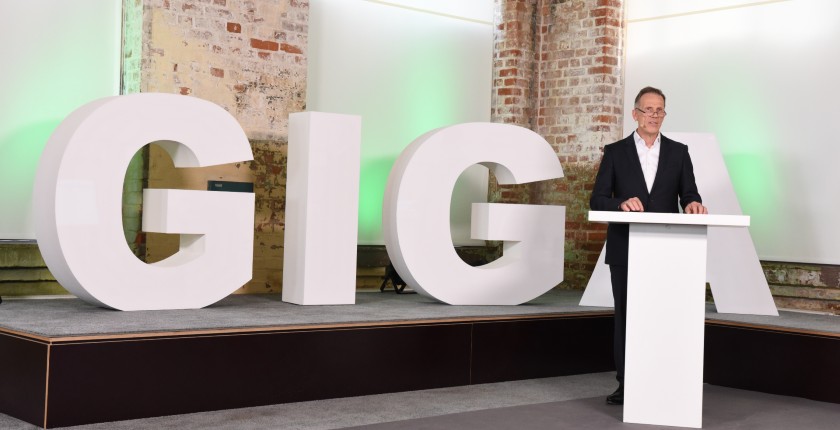
Photo: LEAG/FotoRechnitz
LEAG is switching to wind and solar power, energy storage and sustainable mobility as Germany aims to phase out coal by 2038 or maybe even by the end of the decade. The company’s massive investment plan for the period until 2030 is worth more than EUR 10 billion.
The energy crisis prompted Germany to bring as many coal-fired power plants back online as it can in the near term. However, fossil fuel companies are still racing to meet the nation’s 2038 deadline for a coal exit, which could be pushed forward to as soon as 2030. LEAG, the largest energy utility in eastern Germany, has presented a plan for a green transition alongside a colossal project portfolio.
According to its website, the company only has two solar parks with 14.5 MW in total and some rooftop photovoltaic capacity. But it has the ambition to get 7 GW in solar and wind power plants up and running by 2030 together with batteries, thermal storage, green hydrogen production and sustainable mobility solutions.
LEAG wants to get 7 GW in solar and wind power plants up and running by 2030 together with batteries, thermal storage, green hydrogen production and sustainable mobility solutions
Fossil fuel producers throughout the continent are rebranding and investing to keep their positions in the energy market, faced with hundreds of new competitors deploying new technologies. They are accelerating the efforts to get grants and cheap loans through the European Union’s mechanisms in time.
Lusatia seen as Germany’s biggest renewables hub
LEAG said its plan is worth more than EUR 10 billion and that it relies on its own funds, though it didn’t exclude the possibility of external financing. It revealed it is also counting on EUR 1.75 billion of remuneration for closing its coal plants before the end of their operating life.
The utility said it would set up the largest renewable energy hub in Germany by 2030 in its home region of Lusatia. Chief Executive Officer Thorsten Kramer stated its pioneering GigawattFactory project would provide sustainable and affordable energy supply independent of imports.
Not many social, environmental issues with using coal pits
LEAG, owned by Czech-based EPH and PPF Investments, intends to install solar and wind power plants on locations of its coal mining operations. Kramer stressed Germany is suffering from the worst energy crisis in its history and pointed to the pressure on citizens and companies from high gas and electricity prices, adding that the projects in the pipeline are an appropriate response.
CEO Thorsten Kramer said the company is getting “very positive signals” from municipal, state and federal authorities
There are 33,000 hectares available on the former open-cast mines, with few issues that would impact the environment and the locals, LEAG claimed. Moreover, the sites are near high-voltage power lines.
The utility stressed the German government would need to prioritize such endeavors on depleted mines for the plan to work. Kramer said LEAG is getting “very positive signals” from municipal, state and federal authorities. The CEO estimated the company could build 1 GW in solar power capacity by 2026 and added that it is considering the construction of a solar panel factory.
From virtual power plants to floatovoltaics
The utility said has already made progress in the procedures to build the Bohrau solar power plant of 400 MW and the Forst-Briesnig 2 wind farm of 102 MW at the recultivated site of its Jänschwalde mine. Another solar park, with a capacity of 31 MW, is planned at the Jänschwalde ash landfill. It is scheduled to be commissioned next year or in 2024.
LEAG is working on projects for virtual power plants, charging stations for electric vehicles and green hydrogen production facilities that would supply public transportation systems. There is a combined cycle gas-fired power plant in the pipeline that could switch to hydrogen. The facility will be combined with heat storage and an electrolyzer unit.
One other flagship project is for a floating solar power plant at the Cottbuser Ostsee artificial lake, which will be located at a former open-cast mine. The planned 21 MW facility would currently be the largest in Germany.


















Be the first one to comment on this article.